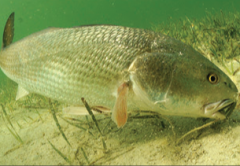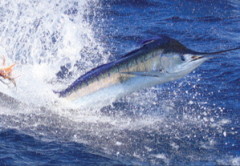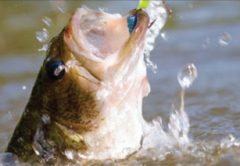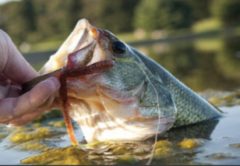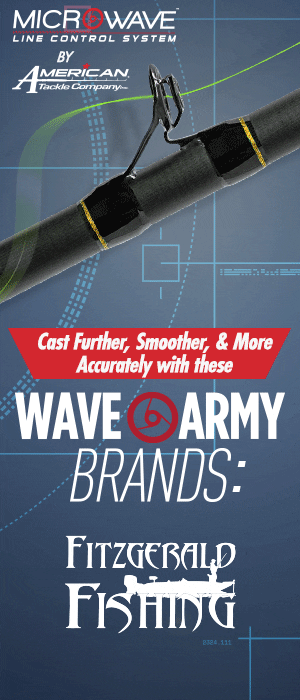For some the thought of fly fishing as an added skill in your quiver brings fearful daydreams. Looking like a spider’s next meal wrapped in half a mile of fly line, little hooks firmly planted in hard to reach skin, or just the simple feat of casting with what feels like two left hands snuggle up into your minds’ eyes causing extreme anxiety. To be truthful those fears are based in reality. Fly fishing, and especially fly fishing for most saltwater species can be a great challenge. Many of the fish we chase in our shallow water estuaries require some hardy skills to correctly place your feathered offering with success. Many, but not all! Much like the panfish has trained untold numbers of freshwater fly anglers, those of us on the salty side looking to start fly fishing need an “easy” target to get us started on the right foot.
Summers on the lagoons and bays in Central Florida have just the adversary you’re looking for. When the temperature soars, Juvenile tarpon flood the backwaters hungry and willing to pick a fight. Of course, these 5 to 45-pound mini silver kings can be caught on any number of lures or live bait, but on a fly rod they are magic. Their daily life and predominant pray make them tailor made for fly, and perfect long casts are far from necessary. The backwater canals that you will find these fish rolling happily require short and imperfect casts to get your offering out. The fly has an ability to mimic 2 to 4-inch minnows that make the largest part of the young tarpons’ diet. Also, the length and flexibility of your fly rod will help cushion against the tarpons’ Jedi like ability to throw a hook on any given jump. They are about as perfect for the beginning fly anglers as any salt water fish. When looking at taking on a Juvi Tarpon from fly you can’t go wrong with small white flys of any design. Those will “match the hatch” when it comes to imitating the small minnows they love. Fly rod setups are categorized by weight (wt). For this and most of your salt water fly fishing 6-8wt is perfect. Anything bigger and casting becomes more of a challenge, and if you go smaller the lack of “back bone” is tough to deal with. A couple hours in the yard to sharpen the skills and get at it! The tarpon doesn’t care that your cast resembles those Olympic ribbon twirlers and not Brad Pitt in “A River Runs Through It”, they will just wait patiently to get a swing at your fly.


